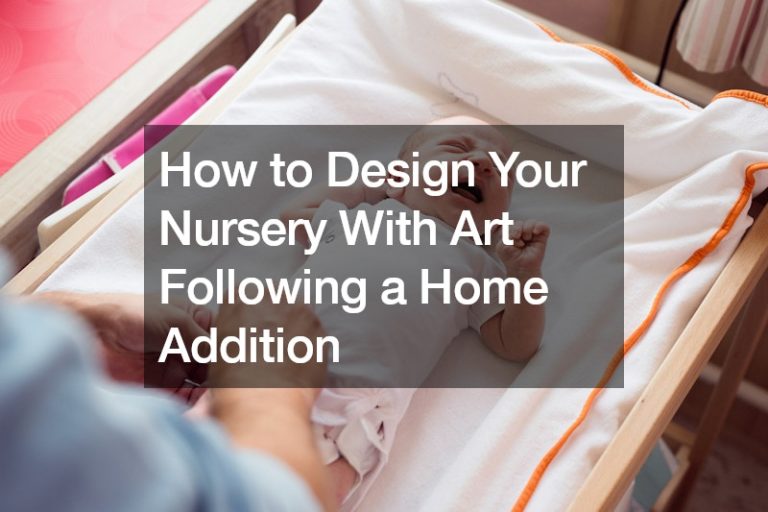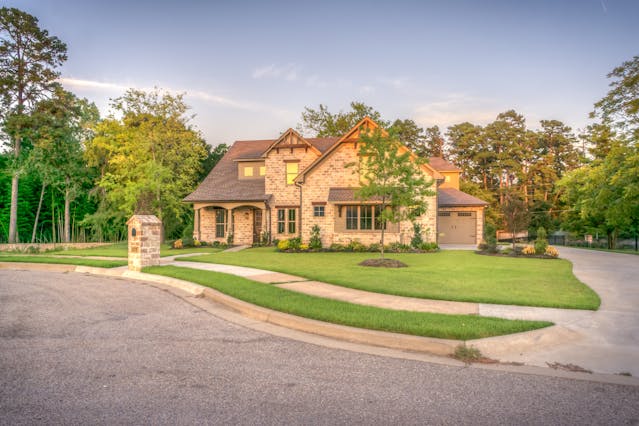Millennials are a peculiar generation. They’re interested in many peculiar things like avocado toast, living in the moment, and experiences over material possessions. And while some may view these things as frivolous, they hold a lot of value for millennials. It’s also probably the main reason why they’re obsessed with minimalism.
Minimalism is practically the art and design choice of the generation. You can see it everywhere, from how they dress to how they decorate their homes (or lack thereof).
It’s all about simplicity, efficiency, and beauty in its purest form. And it makes sense when you think about it. Millennials are constantly inundated with choices and options. They’re bombarded with ads and marketing materials telling them what they should buy and why they need it. So it’s no wonder that they would gravitate toward a design aesthetic that is the polar opposite.
What is minimalism?
Minimalism started in the 1950s when artists like Frank Stella began to make their mark in modern art. Minimalism in art and design is all about stripping down to the essentials and getting rid of anything that isn’t necessary. It’s about finding beauty in simplicity and order.
In fashion, minimalism is often associated with clean lines, neutral colors, and a lack of embellishments or adornments. On the contrary, interior design it’s about creating a space that is uncluttered and has a feeling of openness.
It’s more complicated in interior design when there are more elements to consider. But simplicity will always be the king of minimalism, and it’s the first fundamental design of minimalist interior design.

Simplicity
The first and most important rule of minimalist interior design is simplicity. This means that you should only have the essential pieces in your home and get rid of anything that isn’t necessary.
This can be difficult, especially if you’re attached to your things. But it’s important to remember that minimalism is about quality over quantity. So if you only have a few pieces, make sure they’re high quality and last you a long time.
This also means that you should be thoughtful about what you bring into your home. Make sure they serve a purpose and that you love them. Otherwise, they’ll end up being cluttered.
Furniture
Furniture is one of the most important aspects of interior design, so choosing stylish and functional pieces is vital. In the world of minimalism, less is more. So don’t go overboard with your furniture. A few well-chosen pieces will do the trick. That’s why it’s good to purchase designer furniture that is aesthetically pleasing. Forget about the price, these pieces of furniture can practically last forever, and they’re great for any space. You won’t need much of them too.
Lighting
Another important aspect of interior design is lighting. And like everything else in minimalism, it should be simple and efficient. The best way to achieve this is through the use of LED lighting.
LED lights are long-lasting and energy-efficient, and they produce very little heat. As a result, they’re perfect for any space. They come in various colors, too, to find the ideal shade to suit your space.
LED lights compliment any style, but they work especially well in a minimalist setting. So if you want to achieve a minimalist aesthetic in your home, LED lights are the way to go.
Window treatments
Window treatments are another essential element of interior design, and they should be minimal as well. The best way to achieve this is by using sheer curtains or blinds. They let in natural light and make the space feel more open.
You can always add a layer of blackout curtains if you want privacy. But make sure to keep them simple too. For example, you don’t want your window treatments to be the focal point of your room.
Decor
When it comes to decor, less is more. You might not need any decor at all. If you decide to add some, make sure it serves a purpose, and you love it.
The best way to achieve this is by choosing stylish and functional pieces. An excellent example of this is a piece of wall art that doubles as a mirror. As a result, it’s both aesthetically pleasing and functional.
Another example is a vase that can also be used as a candle holder. It’s a simple and elegant way to add minimal decor to your space.
These are just a few examples of how you can incorporate minimalism into your interior design. By followingthese five fundamentals, you’ll be well on your way to creating a stylish and clutter-free space.




